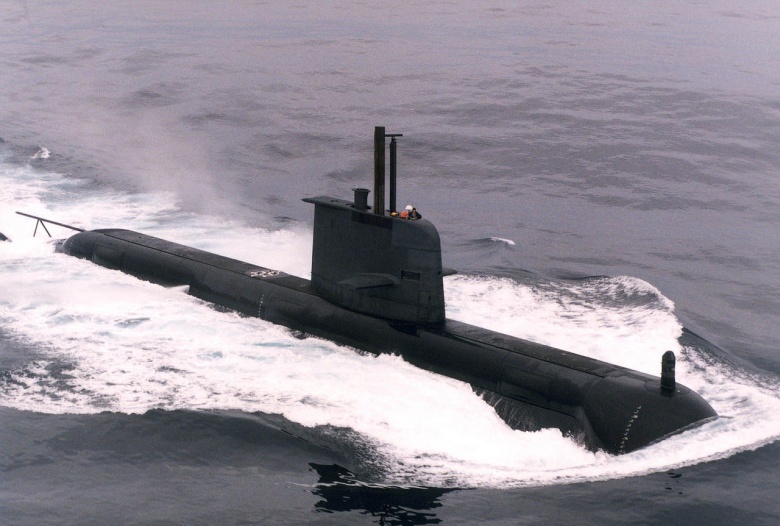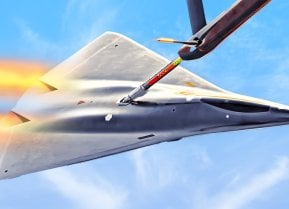Collins-Class: The Most Controversial Submarines Ever to 'Dive'?
The Collins-class, designed for the Australasian region with advanced combat systems, faced issues like engine breakdowns and excessive noise, impacting their reputation. Debate on these subs has now raged for decades.
Summary and Key Points You Need to Know: The Royal Australian Navy (RAN) operates six Collins-class diesel-electric submarines, originally set to retire by 2026 but now receiving upgrades to extend their service into the 2040s.
-These submarines, the first domestically produced by Australia, were developed in the 1980s under the SEA 1114 project to replace aging Oberon-class subs.
-The Collins-class, designed for the Australasian region with advanced combat systems, faced issues like engine breakdowns and excessive noise, impacting their reputation. Debate on these subs has now raged for decades.
-Despite these flaws, modifications will allow them to continue serving, though they may not be frontline assets in conflicts with advanced adversaries.
Collins-Class Submarines: Australia's First Homegrown Naval Power
The Royal Australian Navy (RAN) currently operates six Collins-class diesel-electric submarines based at HMAS Stirling. These ships were expected to retire by 2026, but new modifications will extend their service lives well into the 2040s.
The Collins class introduced the first domestically produced submarines to the RAN fleet. When they began service, the submarines exemplified Australia’s growing industrial capabilities.
The History of the Collins-Class from Australia
The RAN first outlined the need to replace its aging Oberon-class ships in the late 1970s. Around this time, the navy’s director of submarine policy proposed that the country’s next SSN should be homegrown, and more than six should be produced. Since Australia’s shipbuilding capacity was sorely lacking in the early 1980s, officials doubted such a big project was possible. However, the proposal was ultimately accepted, and the project commenced under the designation of SEA 1114.
As part of the proposal, the RAN listed four requirements for the new submarine class.
First, each ship had to feature a combat system sophisticated enough to last over a long service life. Second, Australia’s industrial capacity needed to grow to adequately provide such advanced ships. Third, the new submarines would be specifically modified to operate in the Australasian region. Finally, the submarines needed to be designed for a hunter-killer role.
The RAN originally desired a fleet of ten new submarines but later settled on procuring just six.
Specs & Capabilities
While the Collins-class ships were largely built in Australia, a variety of international subcontractors were also used. In fact, construction work was delegated to more than 400 companies from 12 different countries.

Each submarine measured just over 77 meters in length, with a 7.8-meter beam. Three Garden Island-Hedemora HV V18b/15UB (VB210) 18-cylinder diesel motors power the boats, in addition to three Jeumont-Schneider generators capable of producing 7,200 horsepower. With this system in place, the Collins submarines can sail at speeds in excess of twenty knots when submerged.
Each Collins-class ship can carry up to twenty-two missiles and torpedoes and up to forty-four mines without torpedoes. The submarine can launch the Boeing Sub Harpoon anti-ship missile, which carries a warhead of 227 kilograms. The Collins submarines carry the Gould MK48 Mod 4 torpedo.
The Collins-class submarines certainly featured remarkable capabilities from the outset, but the new class had its shortcomings. Not only did the engine tend to break down, but the submarines also produced excessive noise, which is a big faux pas for any SSN. To make matters worse, disagreements on how to fix these problems stymied progress. While some issues were fixed down the line, the Collins ships still don’t have the best reputation. The Collins submarines probably would not serve on the frontlines of any future conflict with an advanced rival such as Beijing.
About the Author: Maya Carlin
Maya Carlin, National Security Writer with The National Interest, is an analyst with the Center for Security Policy and a former Anna Sobol Levy Fellow at IDC Herzliya in Israel. She has by-lines in many publications, including The National Interest, Jerusalem Post, and Times of Israel. You can follow her on Twitter: @MayaCarlin.
Image: Creative Commons.


